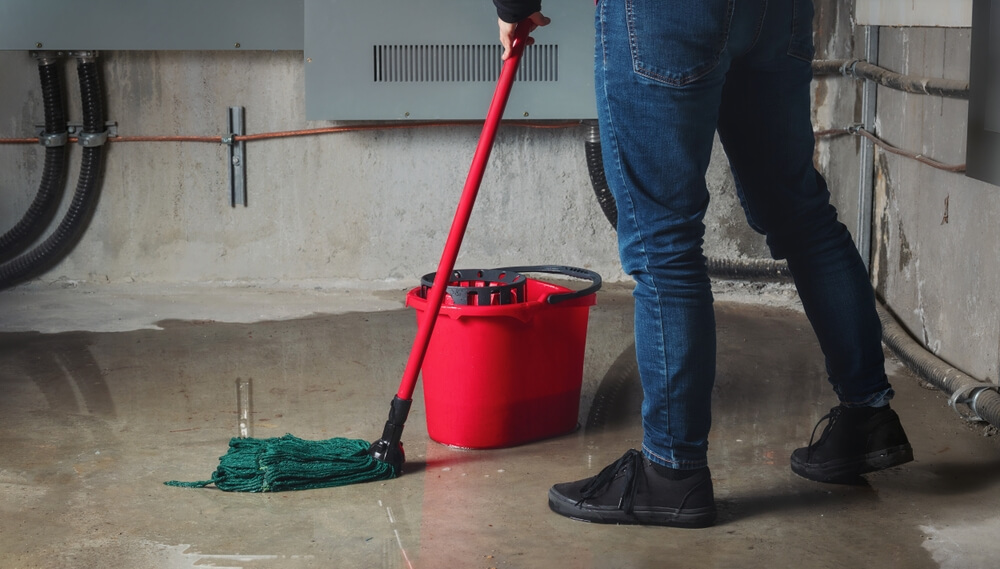Get a Comprehensive Home Insurance Quote
Find the cheapest quotes for the most thorough home insurance policy
Compare home insurance quotes from providers you trust
How to get your home insurance quotes on RATESDOTCA
Ready to compare quotes and save?
Tell us about your home
Answer a few basic questions about your home. It won't take long!
Compare your quotes
See quotes from top insurance companies side by side.
Choose the right coverage
Find the right protection for your home and everything in it.
Secure your rate
Connect with the provider and secure your rate.
What is comprehensive home insurance?
Comprehensive home insurance is one of the three main types of homeowner’s insurance, alongside broad form coverage and standard (named perils) coverage. Of these three types, comprehensive insurance offers the greatest level of protection.
A comprehensive home insurance policy covers your home from all hazards, except those specifically identified as exceptions. It also provides coverage for the contents of your home, as well as the secondary structures on your property.
As the most thorough form of protection, comprehensive house insurance is typically more expensive than other options. So while it grants homeowner’s peace of mind, it may not be the best option for everyone. There are several factors to weigh when choosing the right kind of home insurance.
What does comprehensive home insurance cover?
A comprehensive home insurance policy will protect your home from all risks (with the exception of named exclusions). Your comprehensive cover the cost to:
- Rebuild your home in case of damages (extended dwelling coverage)
- Replace personal contents damaged by a covered event
- Cover any injuries and damages that happen on your property (liability)
- Reimburse living expenses that may occur due to damages (hotel and food)
See how comprehensive coverage compares with other home insurance coverage options.
Comprehensive vs. broad and standard home insurance
A standard home insurance policy provides coverage for your dwelling but does not include extended dwelling coverage, additional living expenses coverage or contents protection.
A broad home insurance policy provides mid-tier home insurance coverage, which is more than a standard policy but less than a comprehensive policy. Most often, a broad home insurance policy includes coverage for the home itself, some contents, and other structures on your property.
Comprehensive policies typically include greater coverage from liability and contents. They also offer additional forms of medical and living expenses coverage.
| Protection | Standard | Broad form | Comprehensive |
|---|---|---|---|
| Main dwelling | Covered | Covered | Covered |
| Additional buildings | Dwelling itself | Covered | Covered |
| Contents | Only named perils | Only named perils | Covered |
| Additional living expenses | Not covered | Covered | Covered |
| Personal liability | Optional | Covered | Covered |
| Voluntary medical payments | Optional | Covered | Covered |
What’s not covered by comprehensive home insurance?
There are two areas of risk that are usually excluded from comprehensive home insurance policies.
1. Uninsurable risks
Any damage that is preventable with proper home maintenance is not covered by a comprehensive home insurance policy, and is known as an uninsurable risk or exclusion.
For example, if your roof is already damaged and isn’t maintained properly, further damage won’t be covered under your policy. Here are the most common examples of uninsurable risks:
- Wear-and-tear
- Animal or insect damage
- Pollution
- Anything covered by other insurance, such as your car
- Large scale natural disasters, such as flooding
- Intentional losses
- Mold
2. Additional coverage
Add-ons or endorsements allow you to add coverages to your policy. The most common home insurance add-ons, which aren’t usually included as part of a comprehensive policy, include:
- Overland water
- Earthquake damage
Factors worth considering when deciding whether a comprehensive plan is right
Trying to decide which type of home insurance coverage is right for you? When contemplating between a standard, broad or comprehensive home insurance policy, you’ll first need to see ask yourself a few questions.
- Does your home have additional structures, such as a detached garage, swimming pool or a gazebo? If so, comprehensive coverage will allow you to cover your entire property, including any attached/detached structures from all risks (minus policy exclusions). If your home doesn’t have a complex design with additional structures, a standard home insurance policy may be a better option, as you’ll save money on your premium.
- Can you afford to cover additional expenses if a disaster strikes and you’re temporarily displaced? A comprehensive plan covers additional living expenses when such situations occur. This coverage usually includes accommodation and food costs. If your area is prone to natural disasters or you want to cover all your bases, it is advised you have additional expenses covered. This coverage is part of a comprehensive policy, and can be added as an add-on to lesser coverages. Talk to your insurance provider for more information.
- If an accident occurs on your property, can you cover the liability costs? Additional liability protection covers potential lawsuits, personal injuries, etc. If you own pets, it is advised you have liability coverage in case they attack a visitor.
- If you own valuable objects, like expensive jewelry or rare art, a standard or broad home insurance policy may not provide adequate coverage. Some comprehensive policies may even include mysterious disappearance coverage – e.g. you lose a diamond ring while washing your hands, a valuable object is damaged or goes missing after a house party, etc.
The right type of home insurance depends on your needs, and these example scenarios may serve to give you a sense of whether or not comprehensive coverage is necessary. Of course, these scenarios tell only a partial story, and discussing your needs with your insurance provider is the best way to ensure you have enough – but not too much – house insurance.
Frequently asked questions about comprehensive home insurance
What factors affect the replacement cost of my home?
The replacement cost of your home can change over time. Here are the five factors that help determine the replacement cost of your home.
1. New building codes that were set up after your home was built: In the event your home is damaged by a natural disaster or accident, your new building will have to meet the update-to-date building codes to ensure the safety of the dwelling. Insurance companies may offer building code coverage, which means they’ll cover the cost of codes requirement—so ask your insurance agent if that’s something available to you.
2. Remodeled kitchens: Kitchen upgrades can increase the replacement cost of your home. If you have expensive additions, such as quartz or granite countertops, double tub stainless steel sinks or resilient flooring, you’ll have to adjust your insurance policy to match the increased value of your home.
3. Additional rooms and structures: Any additional rooms add to the overall value and replacement cost of your home. You should always update your home insurance policy to reflect these additions.
4. Rising cost of building materials, construction: The cost of bricks, cement, timber and stone, increase with time. For example, prices may increase if a natural disaster has wrecked your area and affected the overall supply and demand. Construction is also a costly affair that involves the cost of workers’ wages, permits and designs. These factors come into play when setting a replacement value for your home.
5. Hard-to-replace features: If your home has rare and hard-to-replace features, such as bronze faucets, intricate celling designs, chandeliers, etc., you may need to pay extra to have them replaced. Unique features always add to the overall value of a home, so make sure that your insurer is aware of these features.
How much personal property coverage should I have?
You’ve figured out the replacement cost of your home, but what about your contents? Your contents entail everything inside your home, such as furniture, appliances, clothes, sports equipment, electronics and even the food in your refrigerator. Contents coverage protects belongings from destruction, theft or vandalism.
If your stuff is not particularly valuable, having lots of content coverage is overkill that will increase your insurance premium. Make sure the content coverage you have doesn’t vastly exceed the value of the items being protected.
How can you calculate the cost of the contents in your home?
It is easy to underestimate the cost of our stuff. Over time, we accumulate belongings, losing sight of how much they may cost to replace.
Make an inventory of everything you own and write down the value. Remember to separate your most expensive items when making your inventory list and ask your insurer about the best coverage options for particularly value things.











